The Texas Seaport Museum offers:
- A self-guided tours of maritime artifacts;
- Access to a database of immigrants who entered the US through Galveston;
- 20-minute video of the 1877 tall ship, Elissa; and,
- An audio tour of Elissa.
Bell and gangway boards of the USS Galveston (1904-1930).
Artifacts from the Santa Maria, a commercial shrimping boat, currently under restoration by the museum that will be exhibited here when that work is complete.
Teller grill (c 1910) and Manifest Typewriter (c 1940), used to complete the large
forms required of arriving and departing ships.
Cotton was the source of Galveston's wealth. By 1911, more cotton was shipped from Galveston than any other American port - about 1/2 of the U.S. crop.
Smuggling occurred in Galveston, as it did in all ports. Initially, slavers brought in human cargo to Mexico and Texas after slavery had been outlawed. During the Texas Revolution, gunpowder was brought into port in barrels of flour. And rum running occurred during Prohibition in the 1920s.
About 133,000 immigrants (primarily European) came to the US through the Galveston port that was called "Ellis Island of the West." Access to a database with information on the immigrants is available to museum visitors. John found four Hesters that arrived in 1860; there were no Goddards in the database.
Loved these maritime paintings by Robert Moak.
Exhibits of the Navy of Texas.
We watched the 20-minute video about the restoration of the Elissa and picked up audio devices (free) from the gift shop (also the entry to the museum) for the self-guided tour of the ship.
It is a three-masted, iron-hulled sailing ship built in 1877 in Aberdeen, Scotland. It has 19 sails; measures 205' in length and 99' 9" in height; and displaces 620 tons. It is not a replica, but a restored authentic sailing vessel used for maritime commerce. It is maintained as a fully-functional ship with annual sea trials.
Check out the three guys rolling up the sail.
To sail this vessel involves a three-month course on 19th century maritime terminology...pretty darn complicated!
Crew quarters were dank and cramped with the sound of the anchor chain constantly rattling below. The galley was also very small but accommodated meals for the crew for months.
Below is a world map that illustrates the voyages of this sailing vessel. Wow!
Rank really counted when it came to accommodations. And there was one cabin reserved for a possible "guest."
The captain's quarters were impressive! Crew members rarely, if ever, saw these accommodations. Here is the captain's cabin, and his saloon. He was the only crew member to have his own, private bathroom.
The ship's bridge.
It's pretty incredible that this ship was rescued from the scrap yard and after meticulous restoration, it provides a fabulous opportunity to visit an interesting time in maritime history.
Admission is $12/adults (no senior pricing). You can also purchase a boat tour of the harbor in conjunction with your admission to the museum ($20). The boat tour lasts an hour. Because we had our dog, Sadie, with us, we opted out on the boat tour. We really enjoyed this museum!
Website: www.galvestonhistory.org




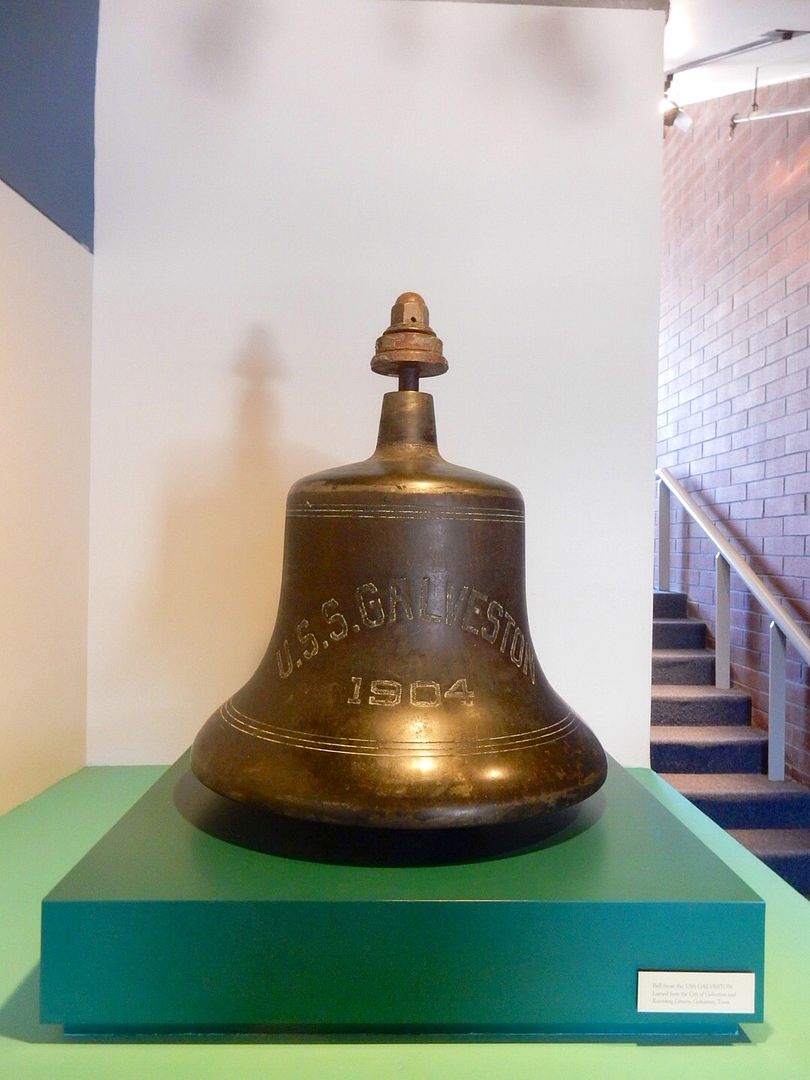
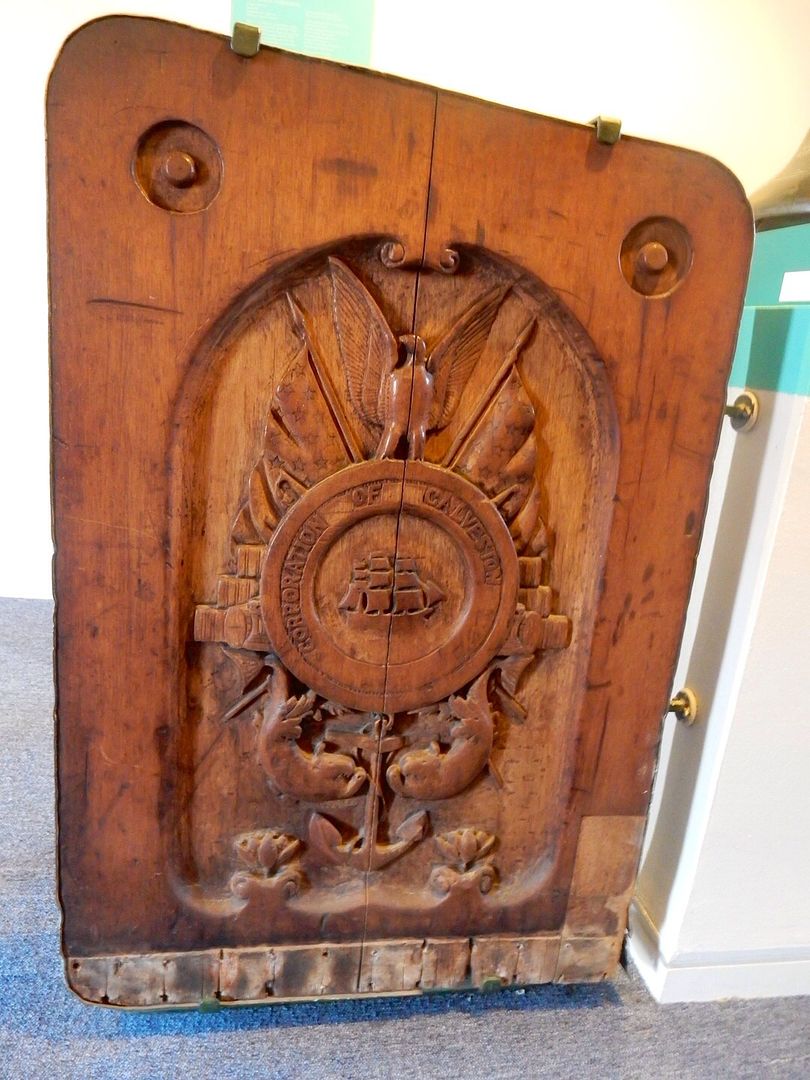
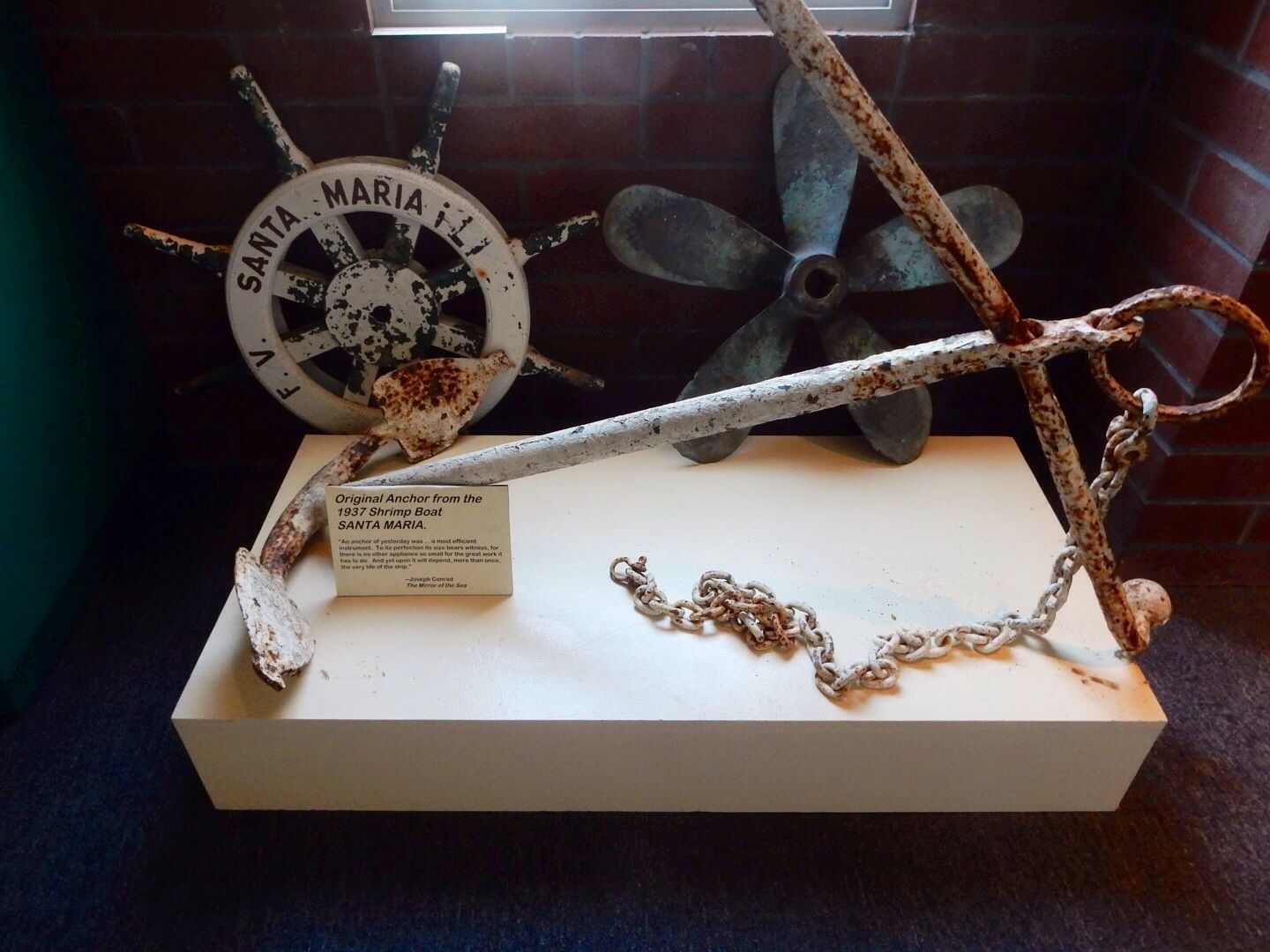
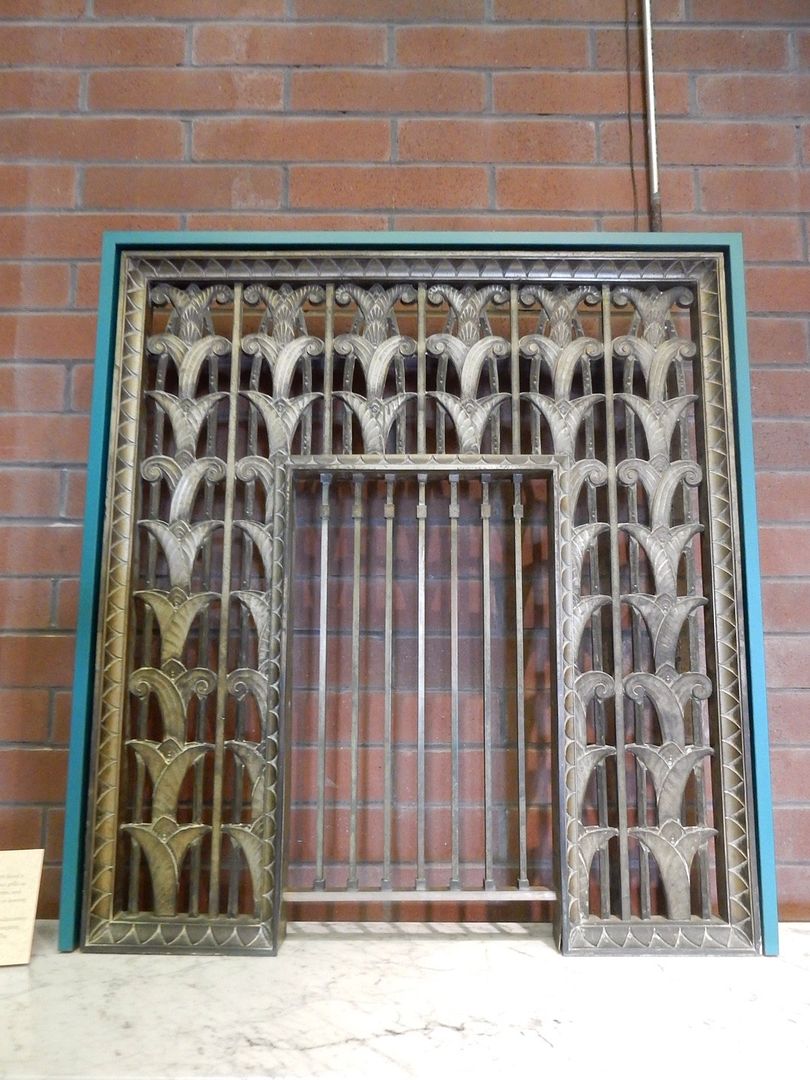
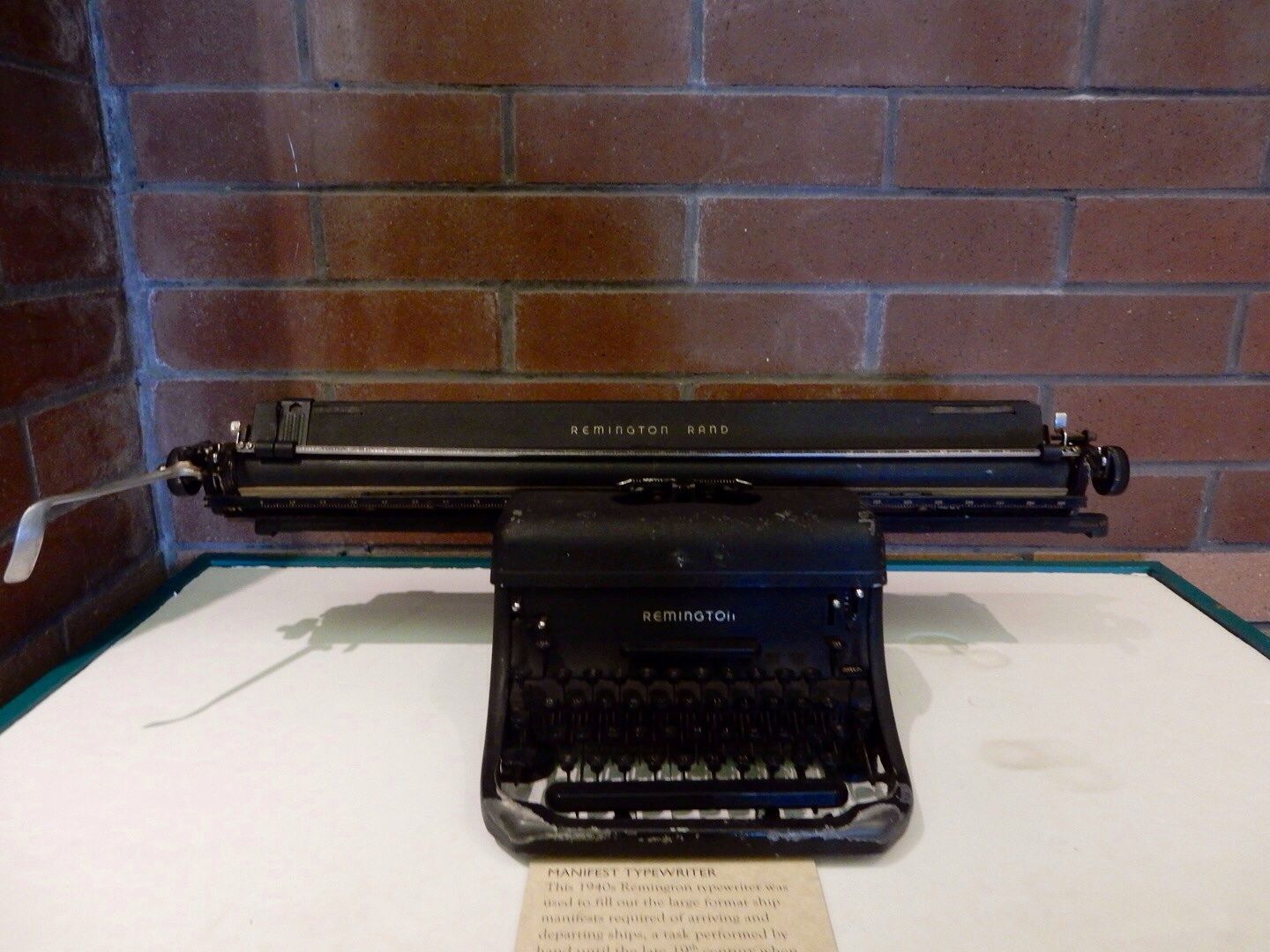

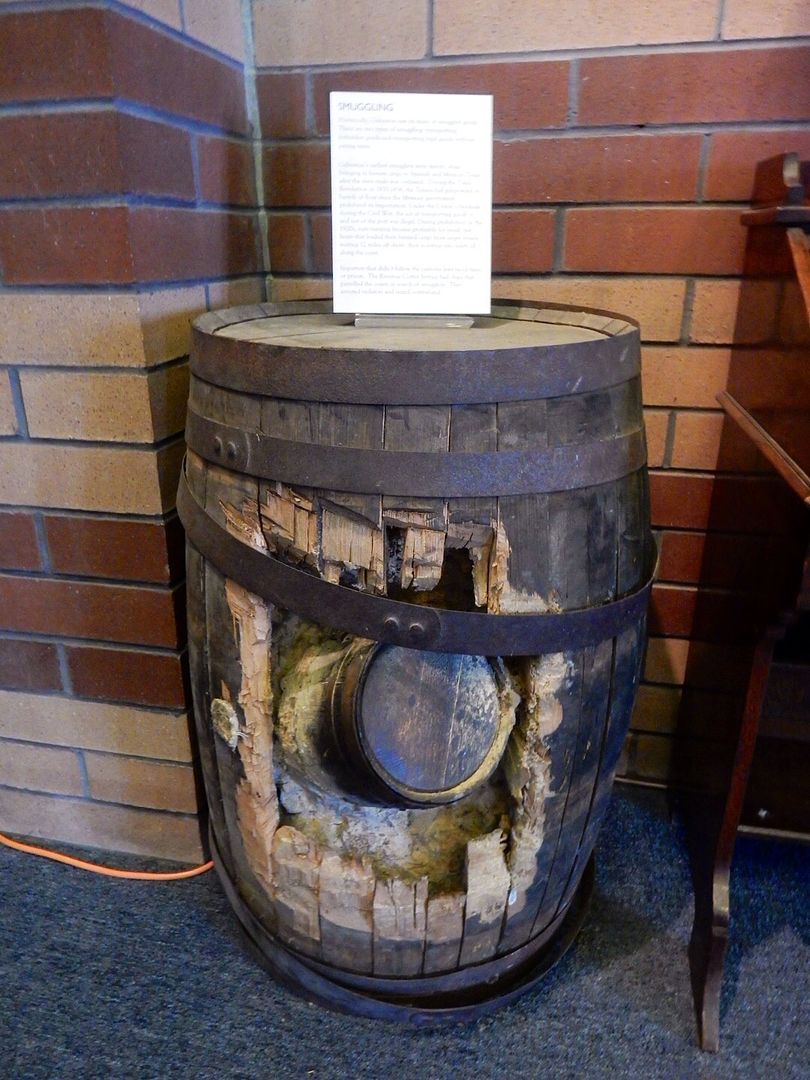
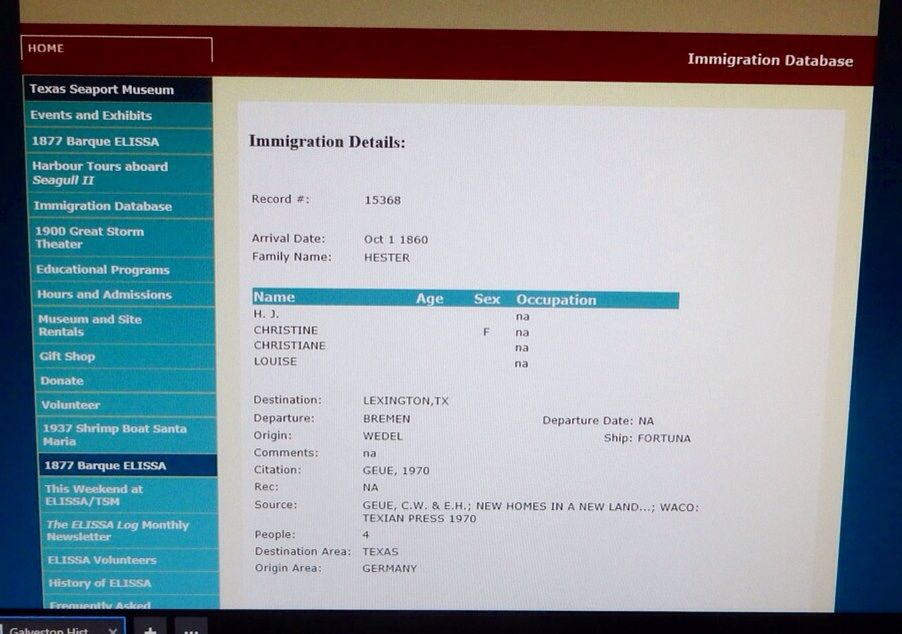
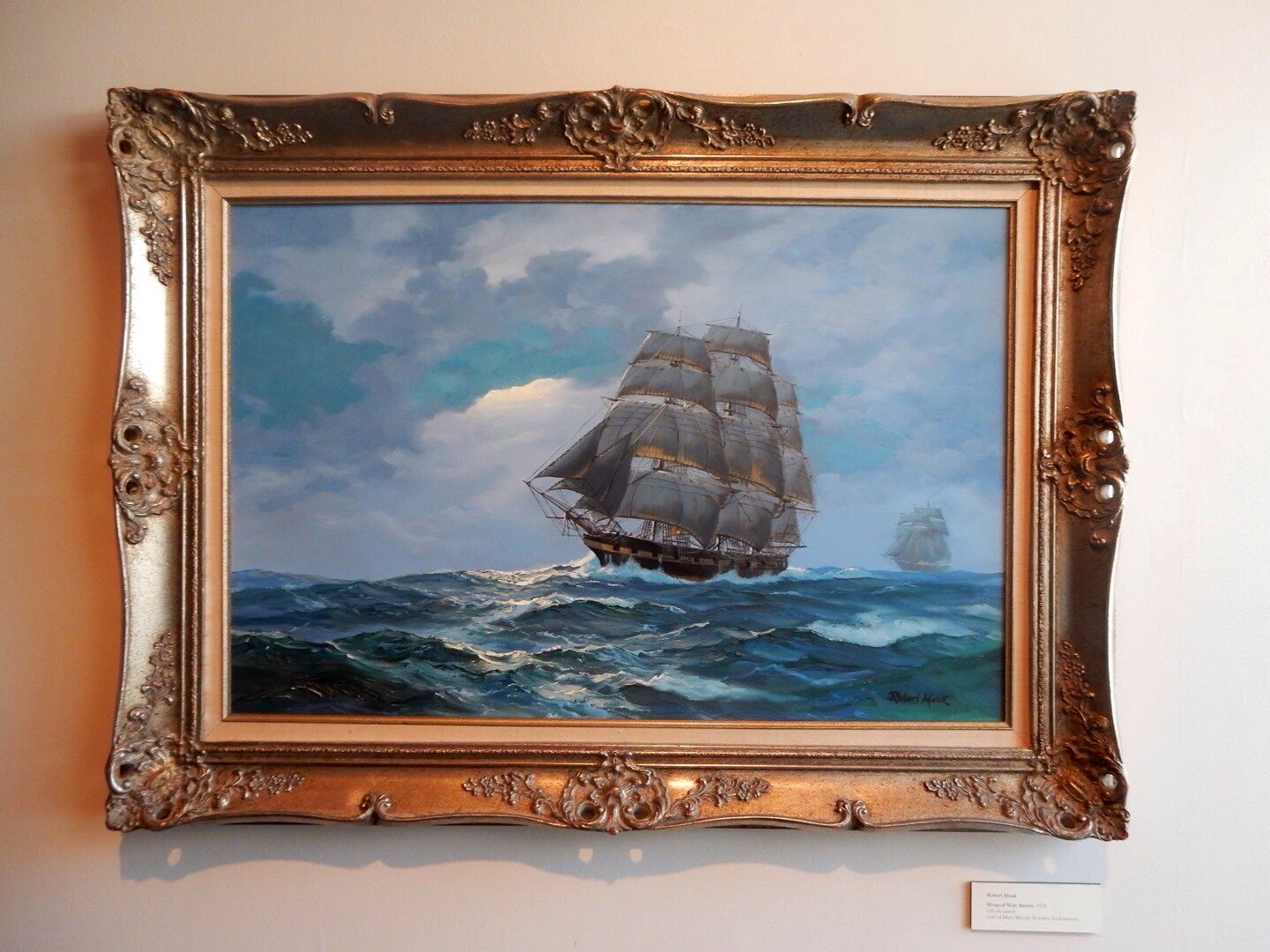
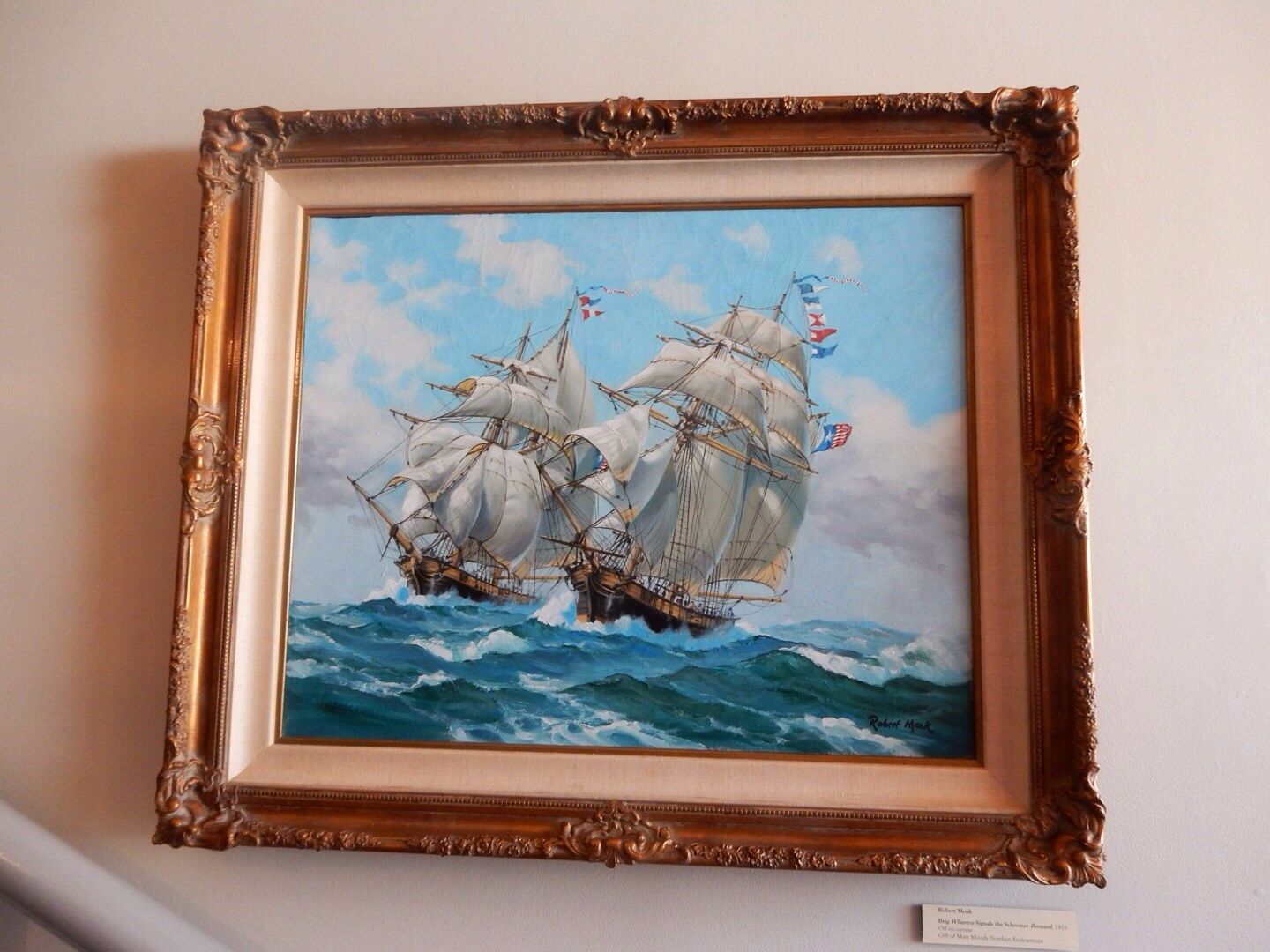
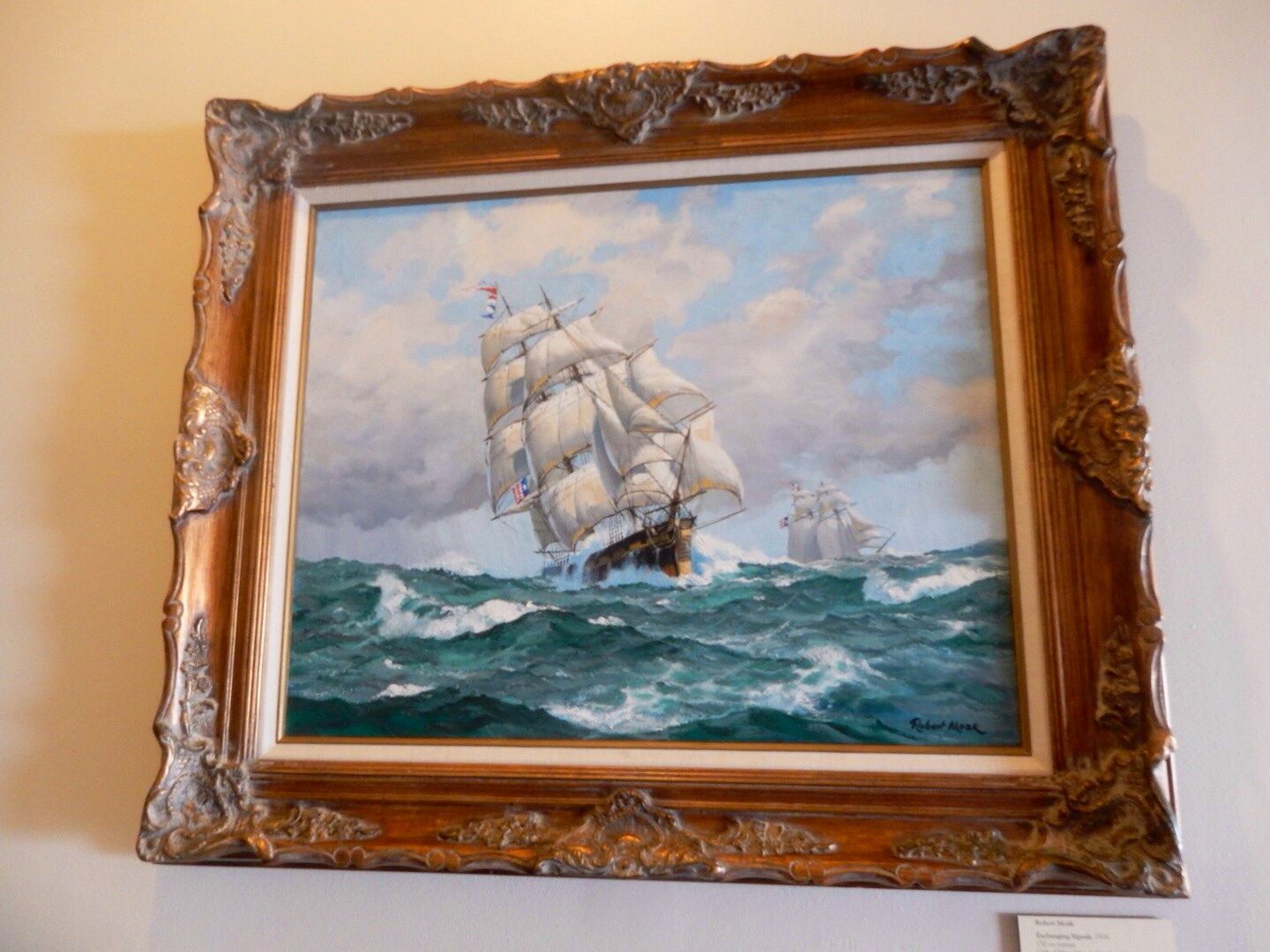
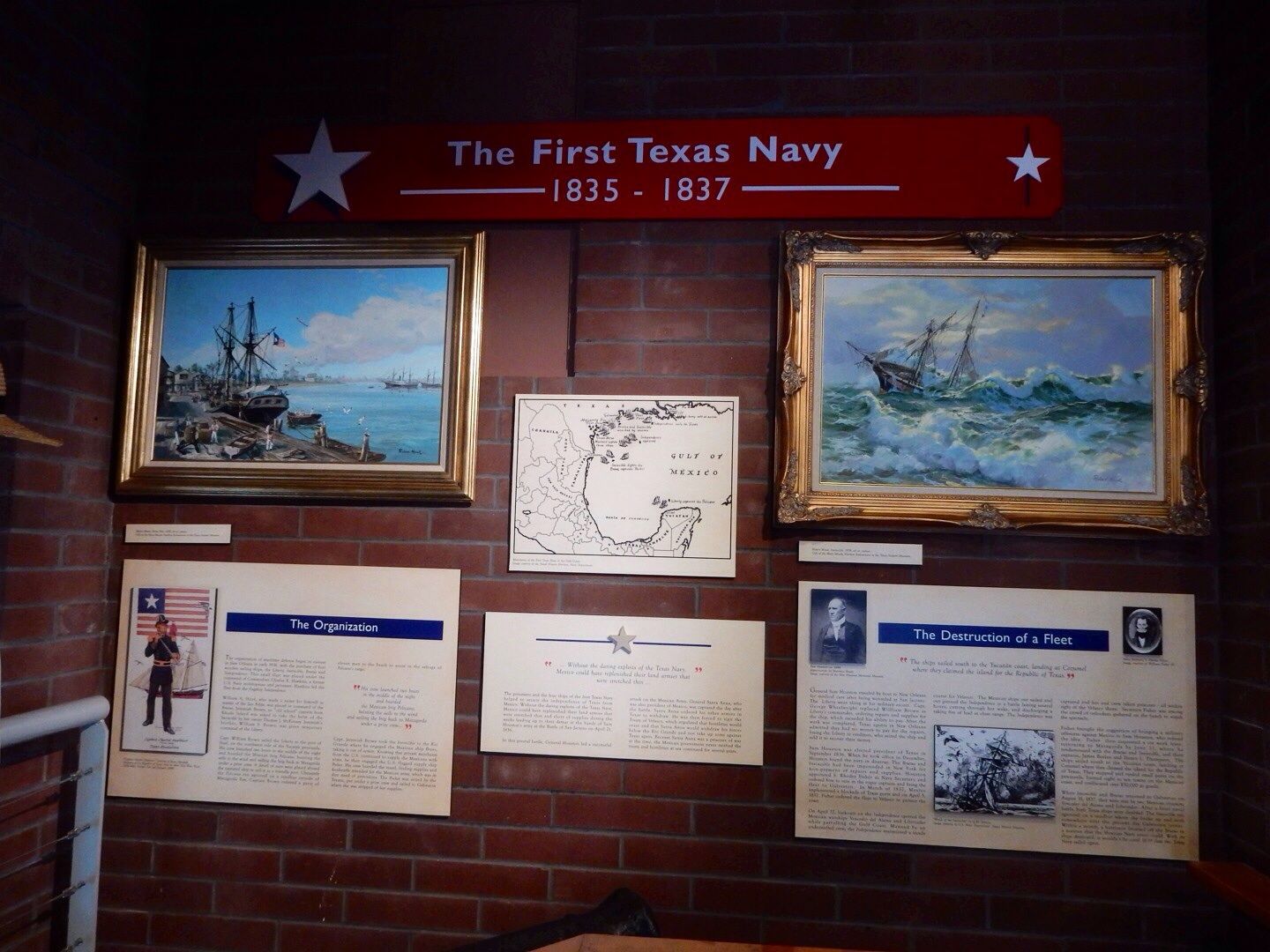
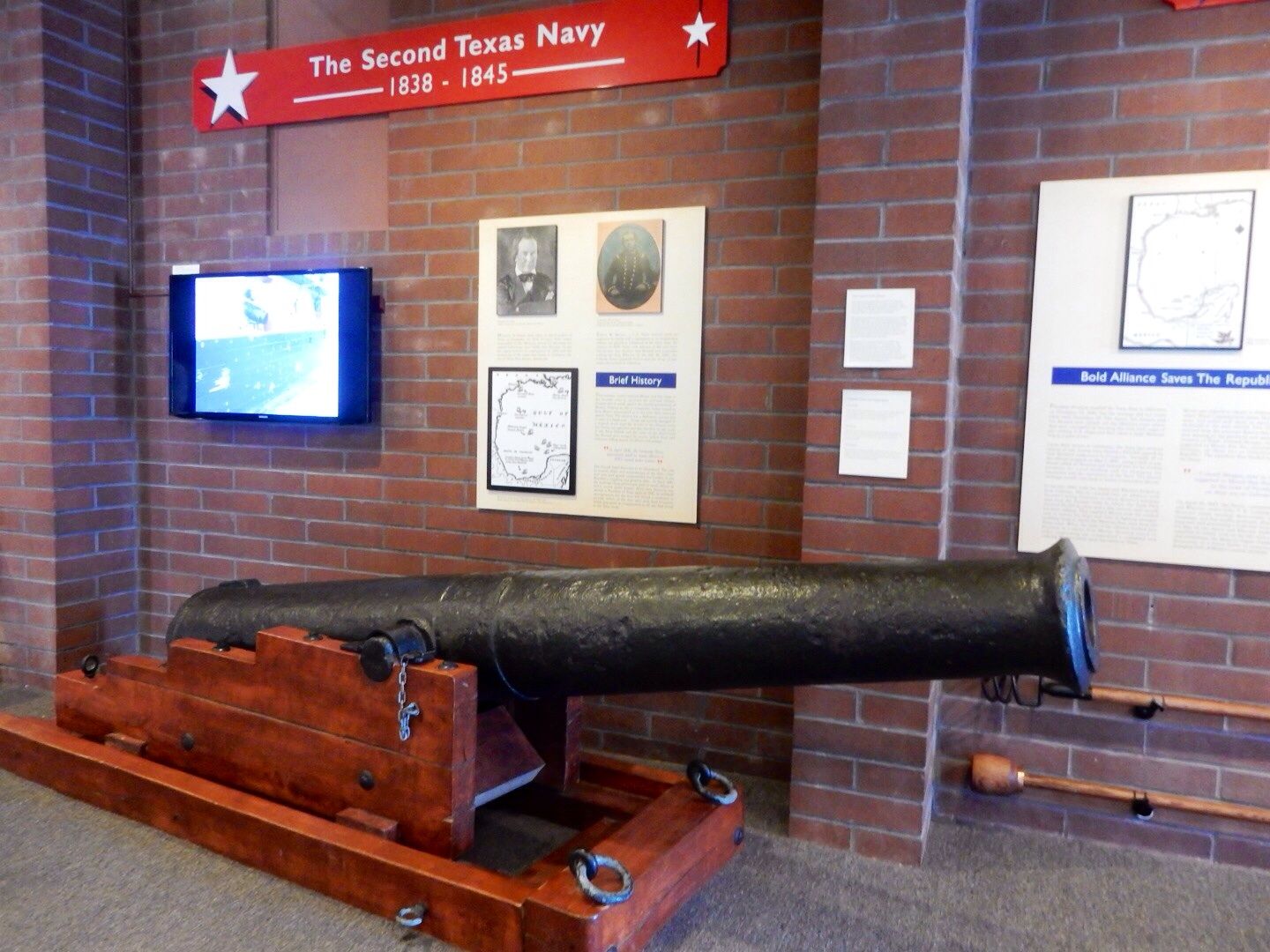
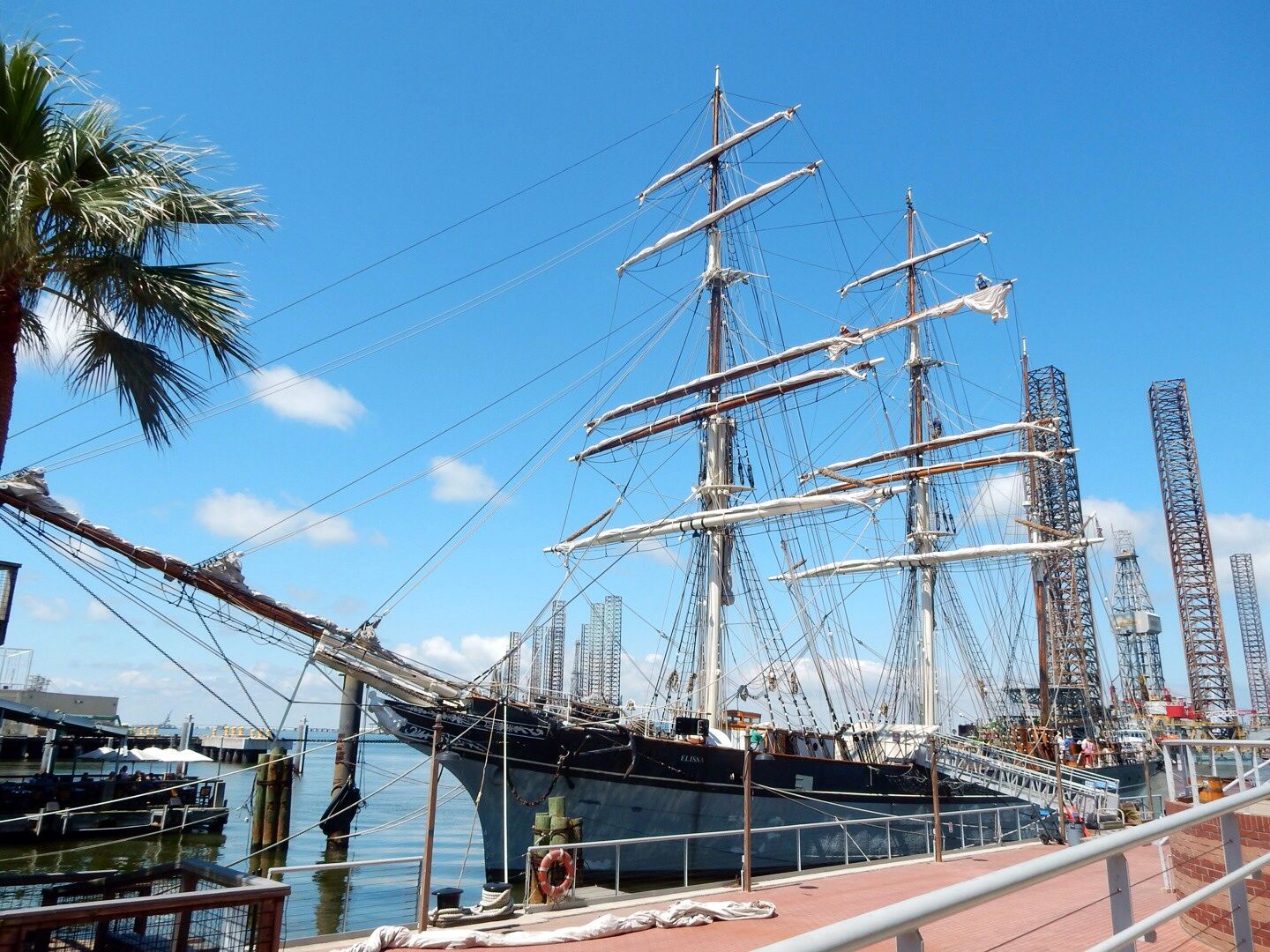

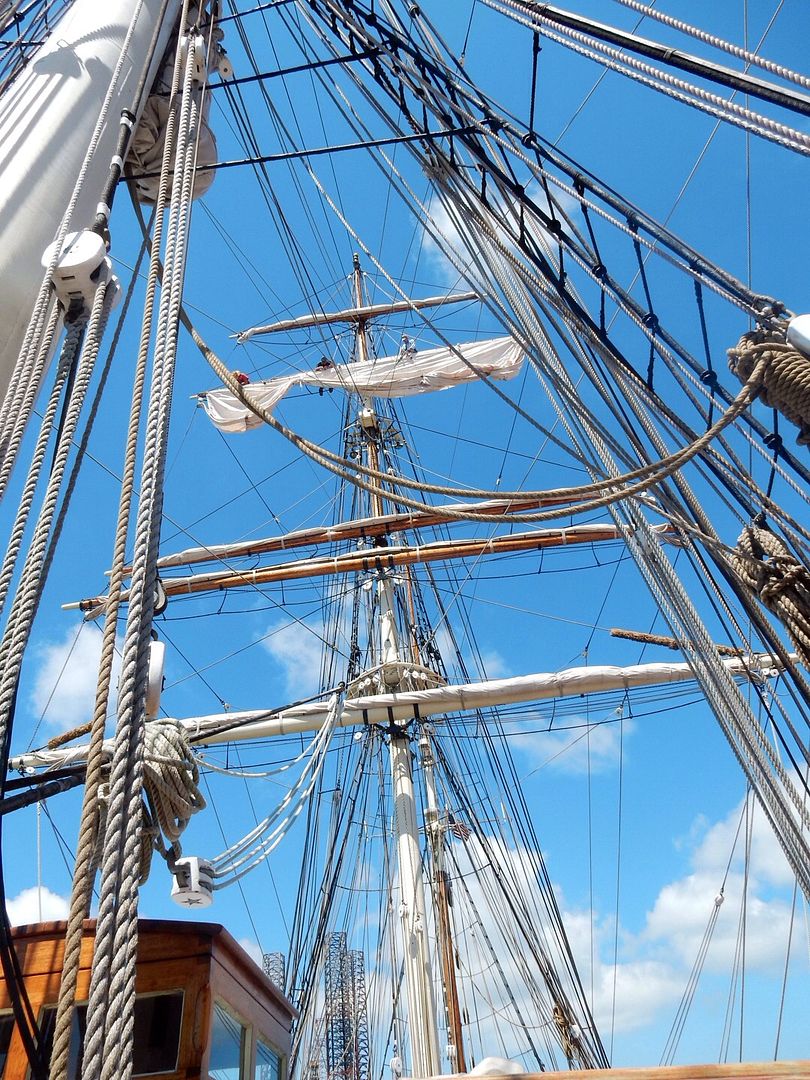
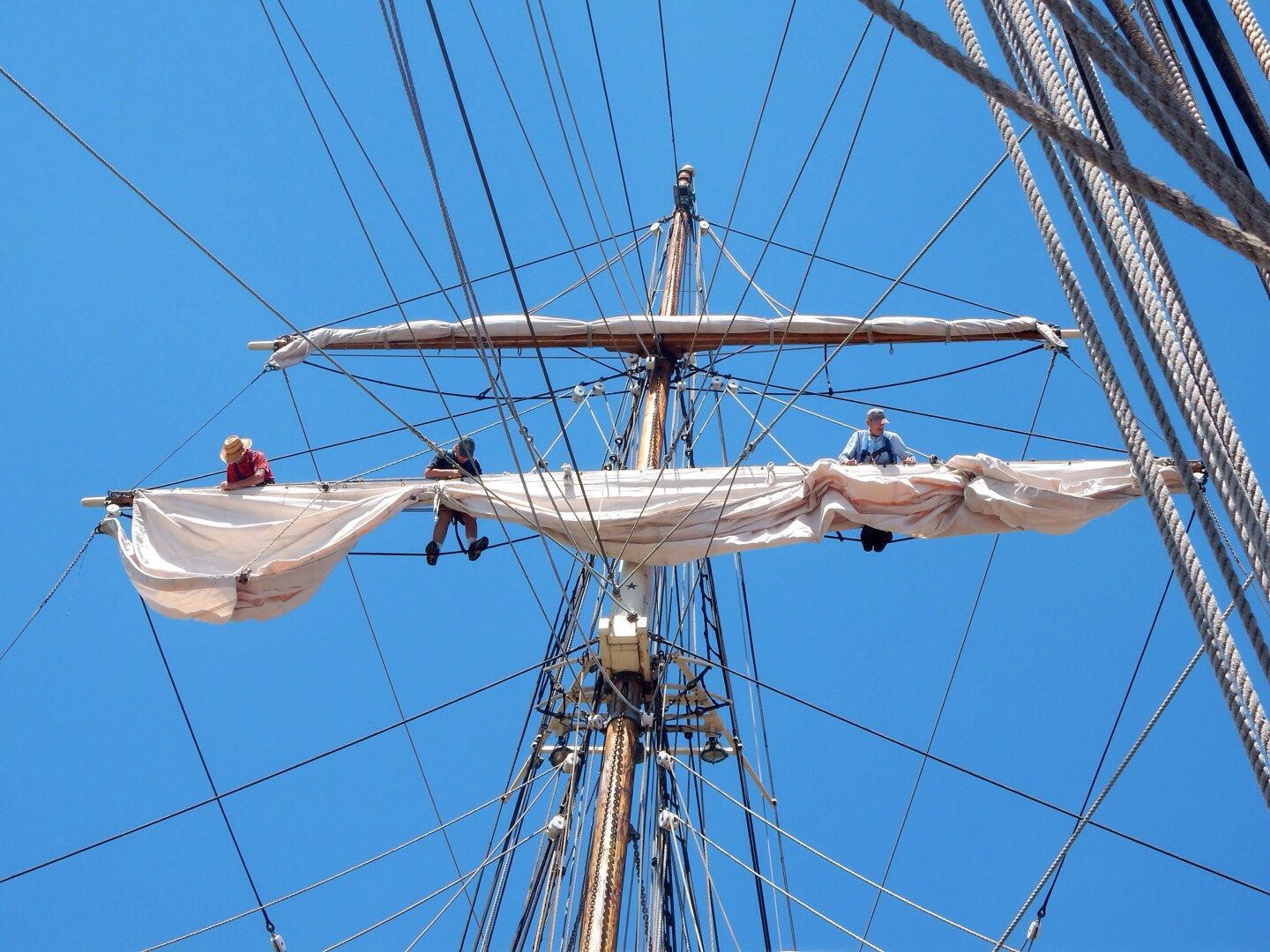
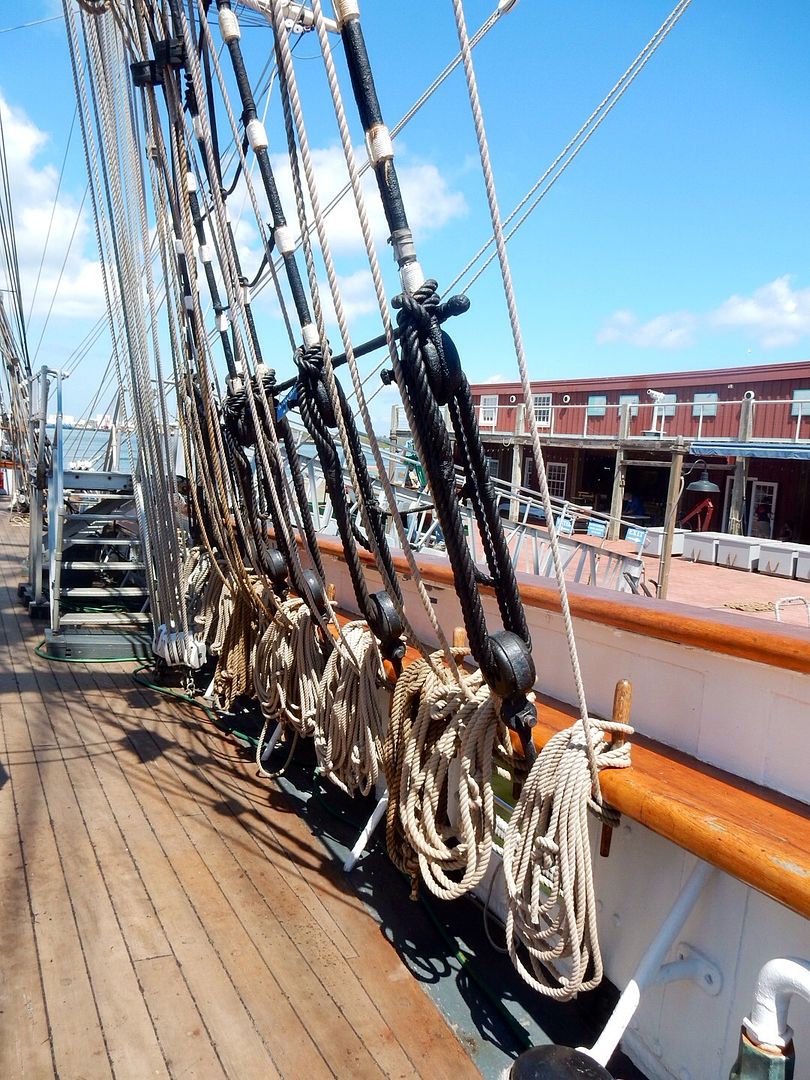
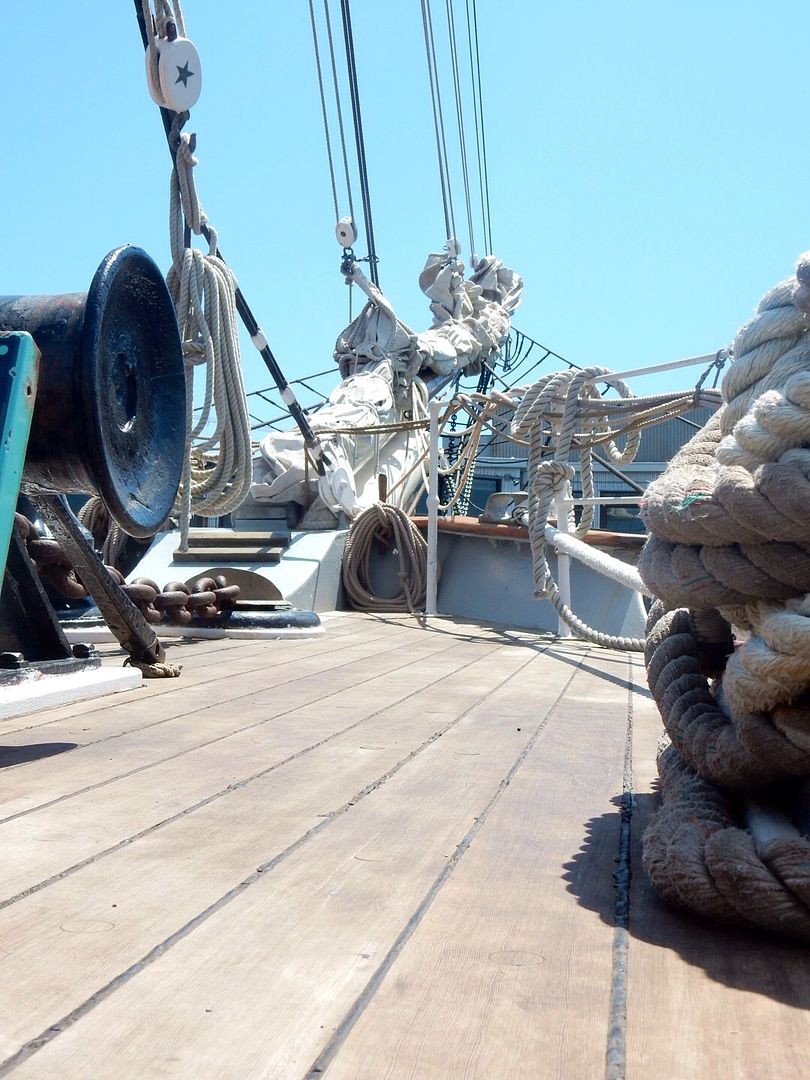
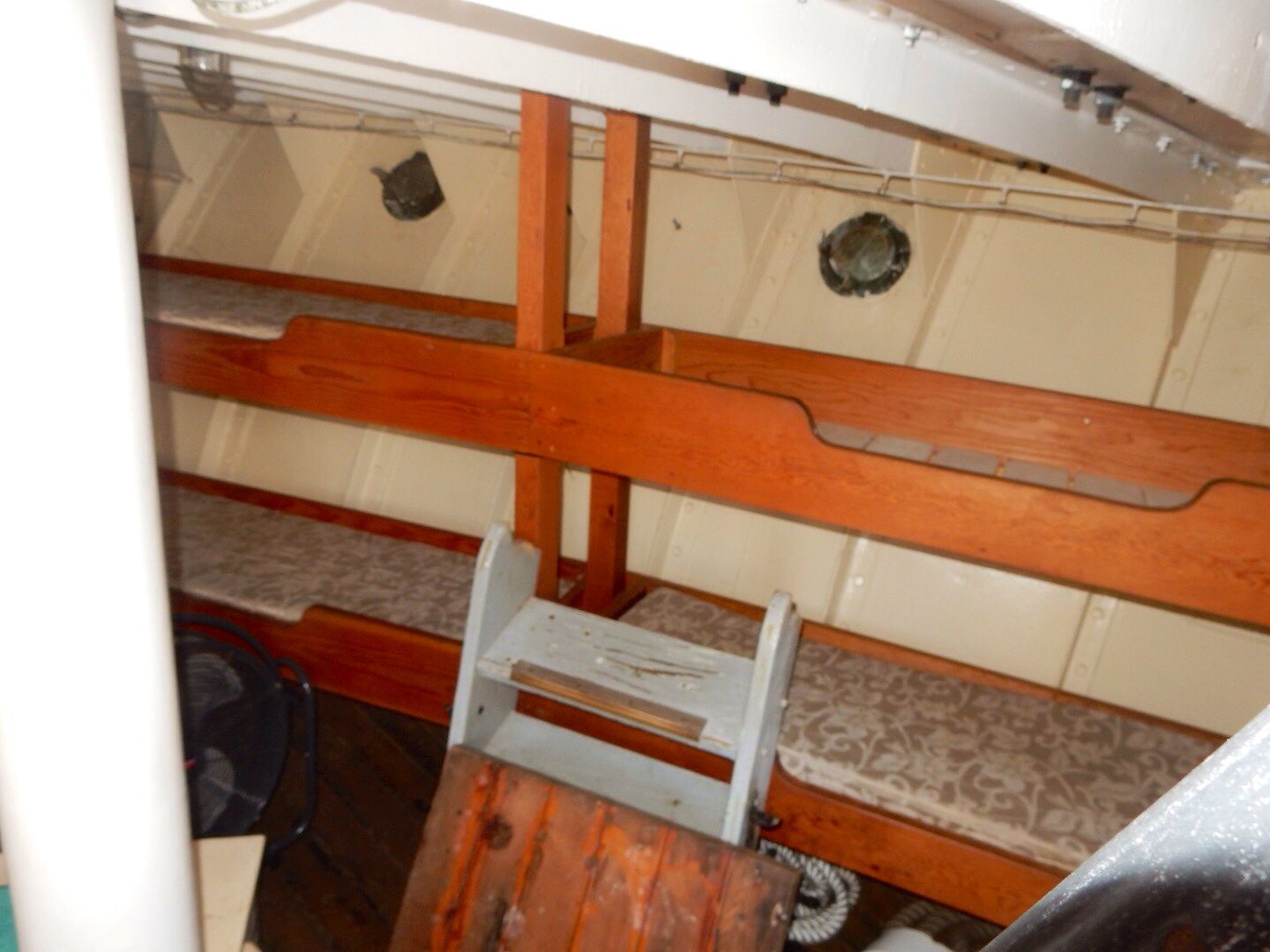
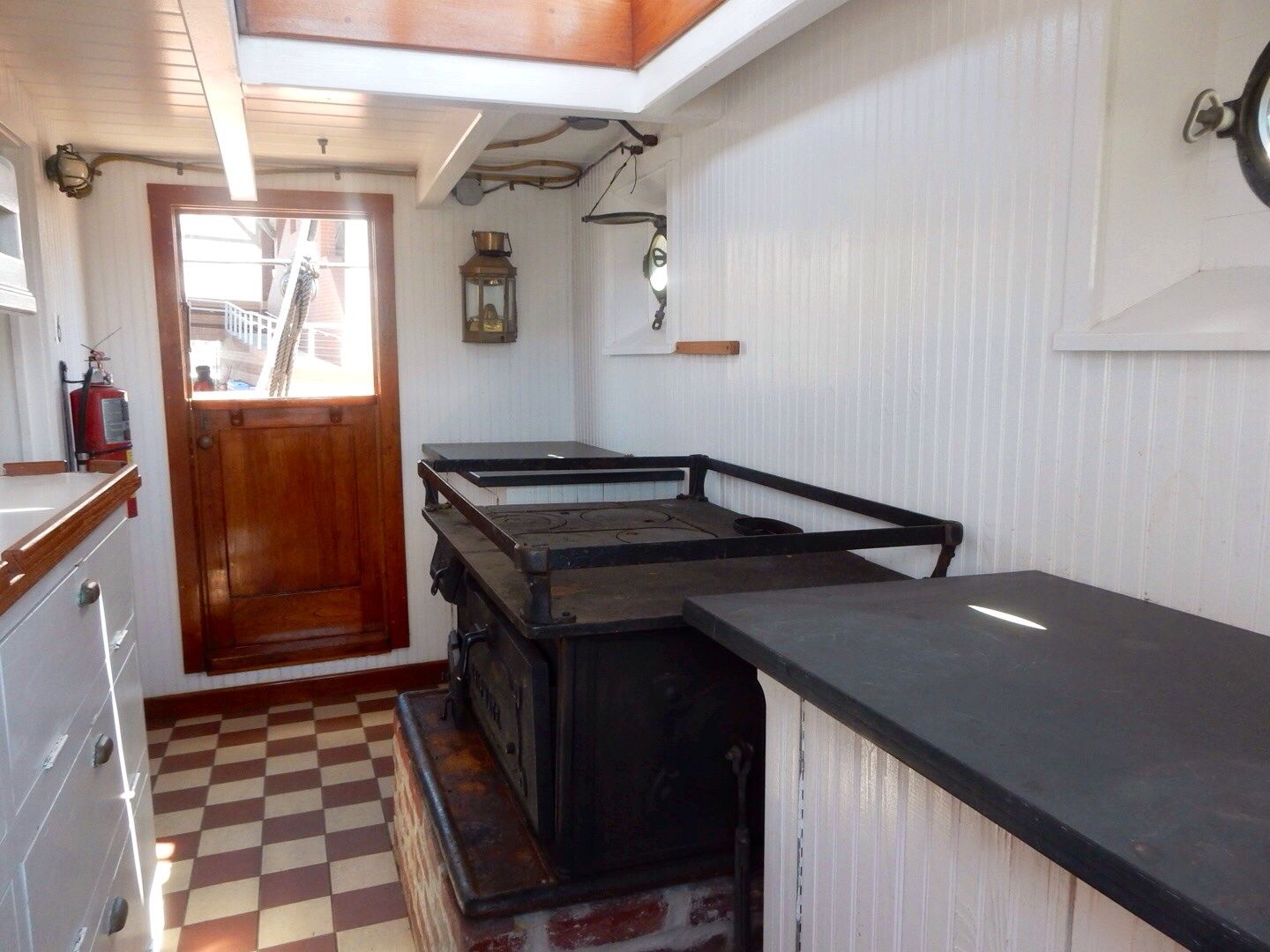
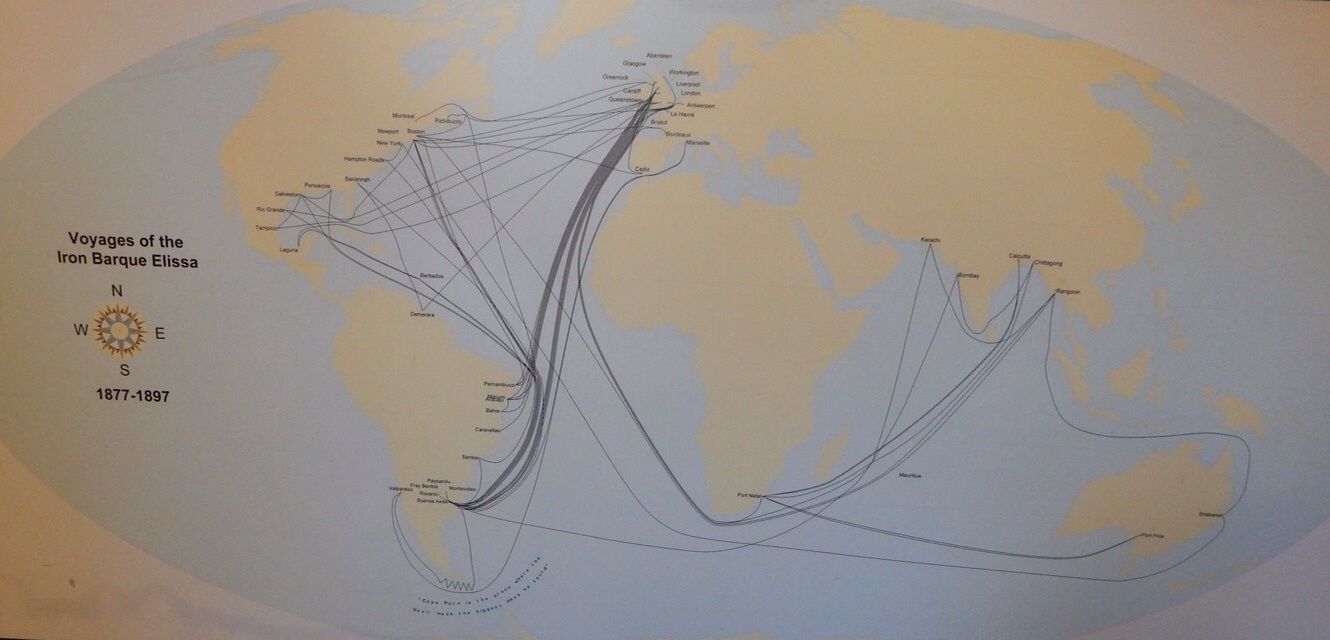

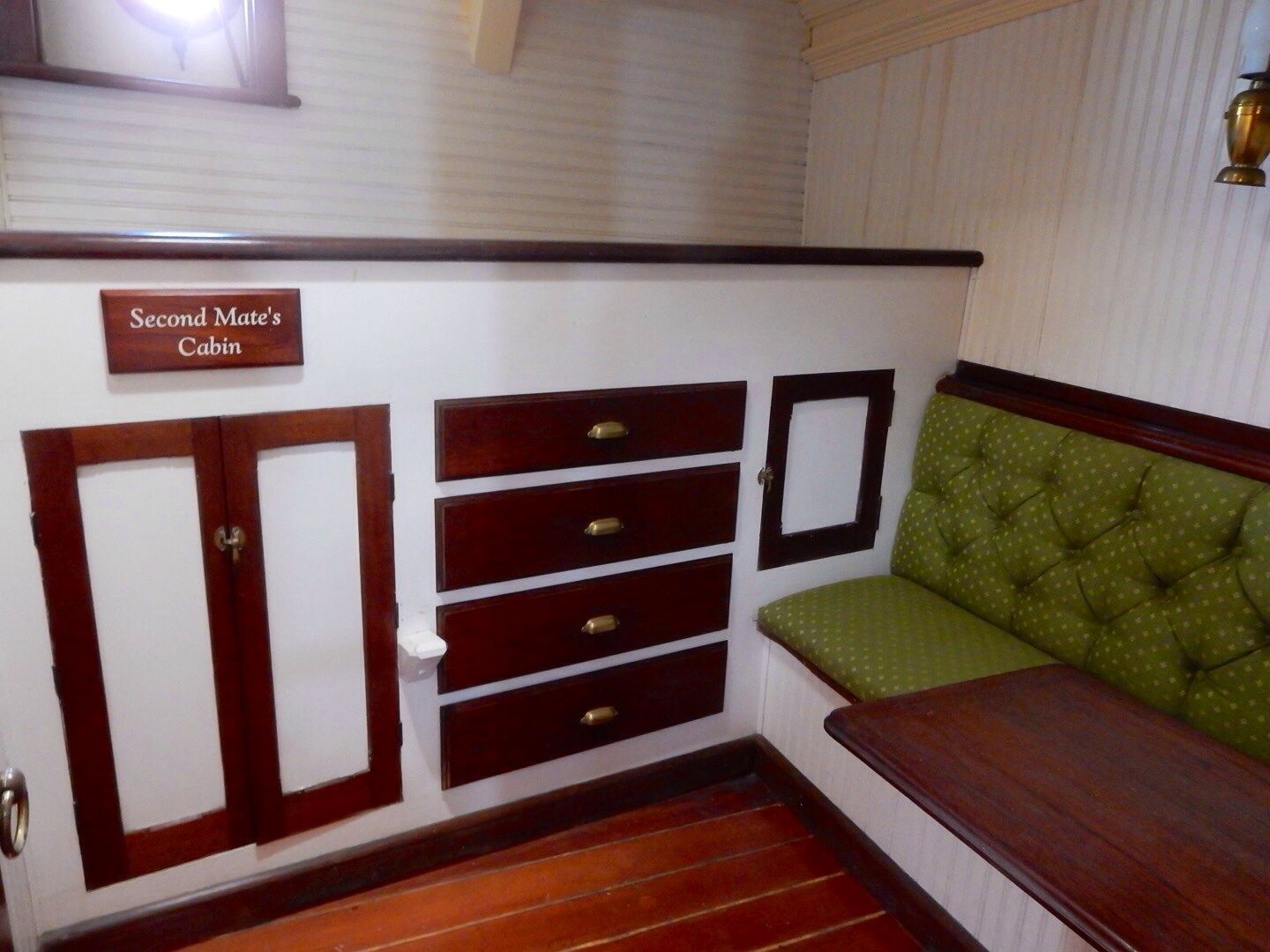
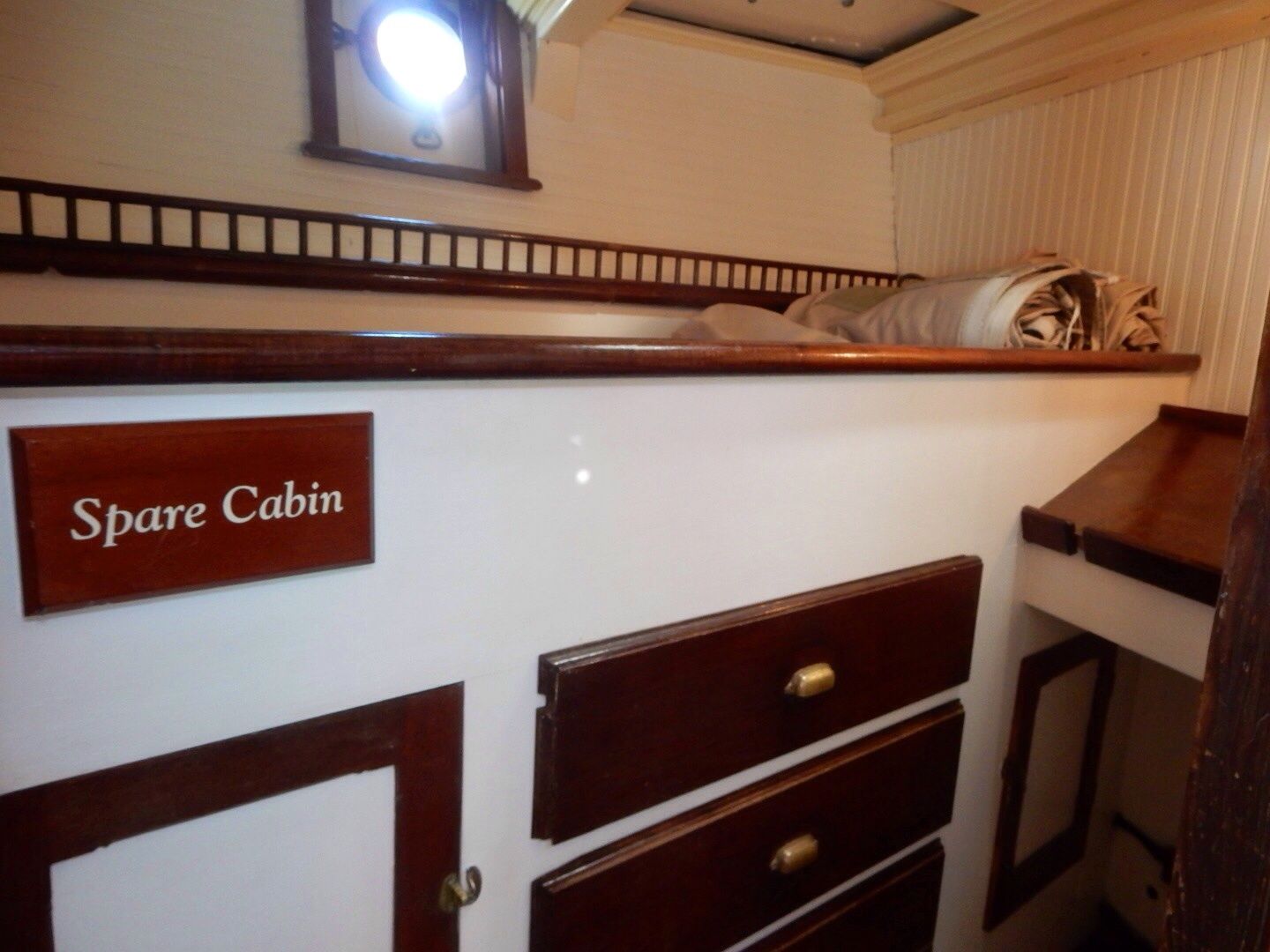
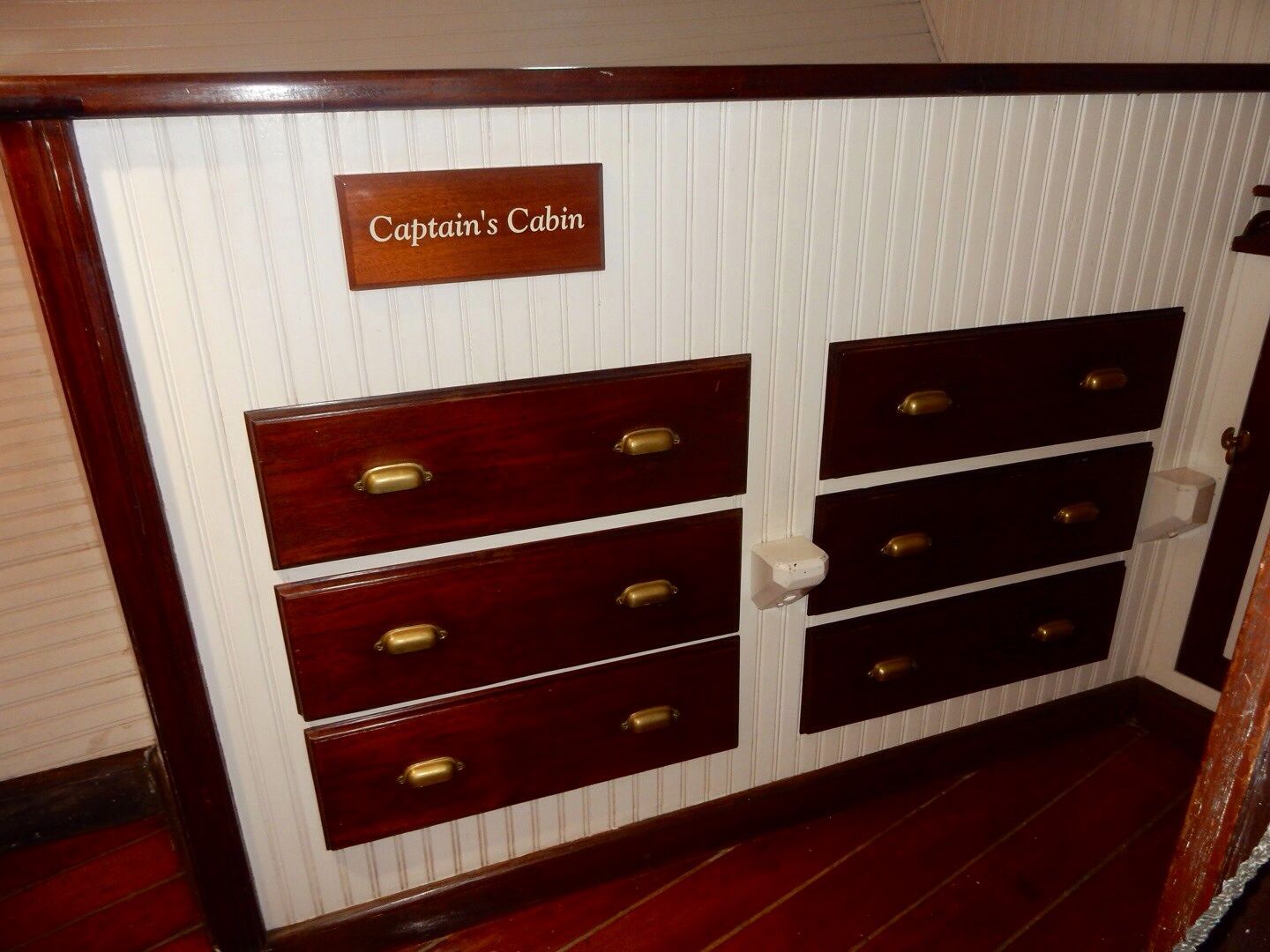
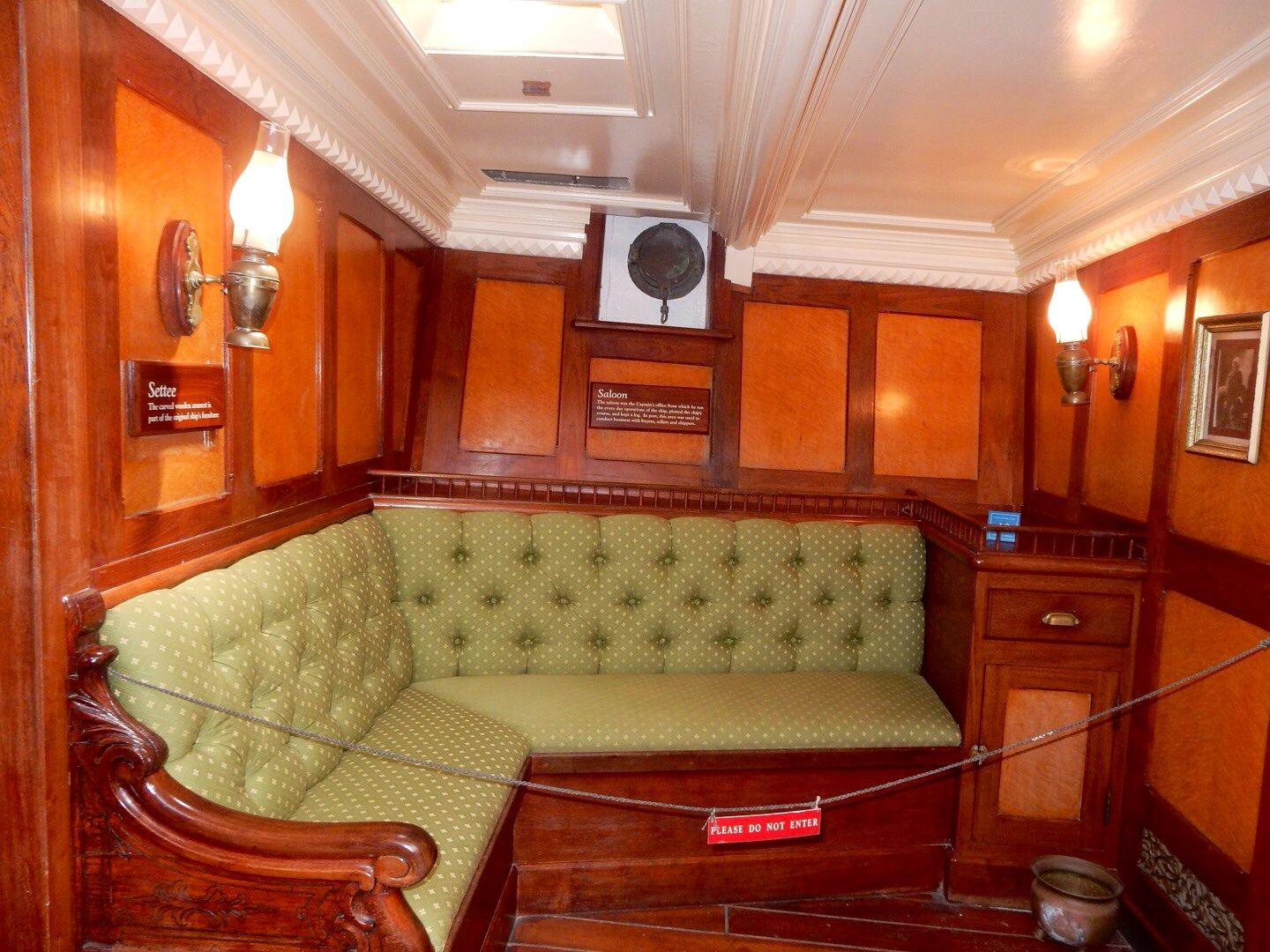
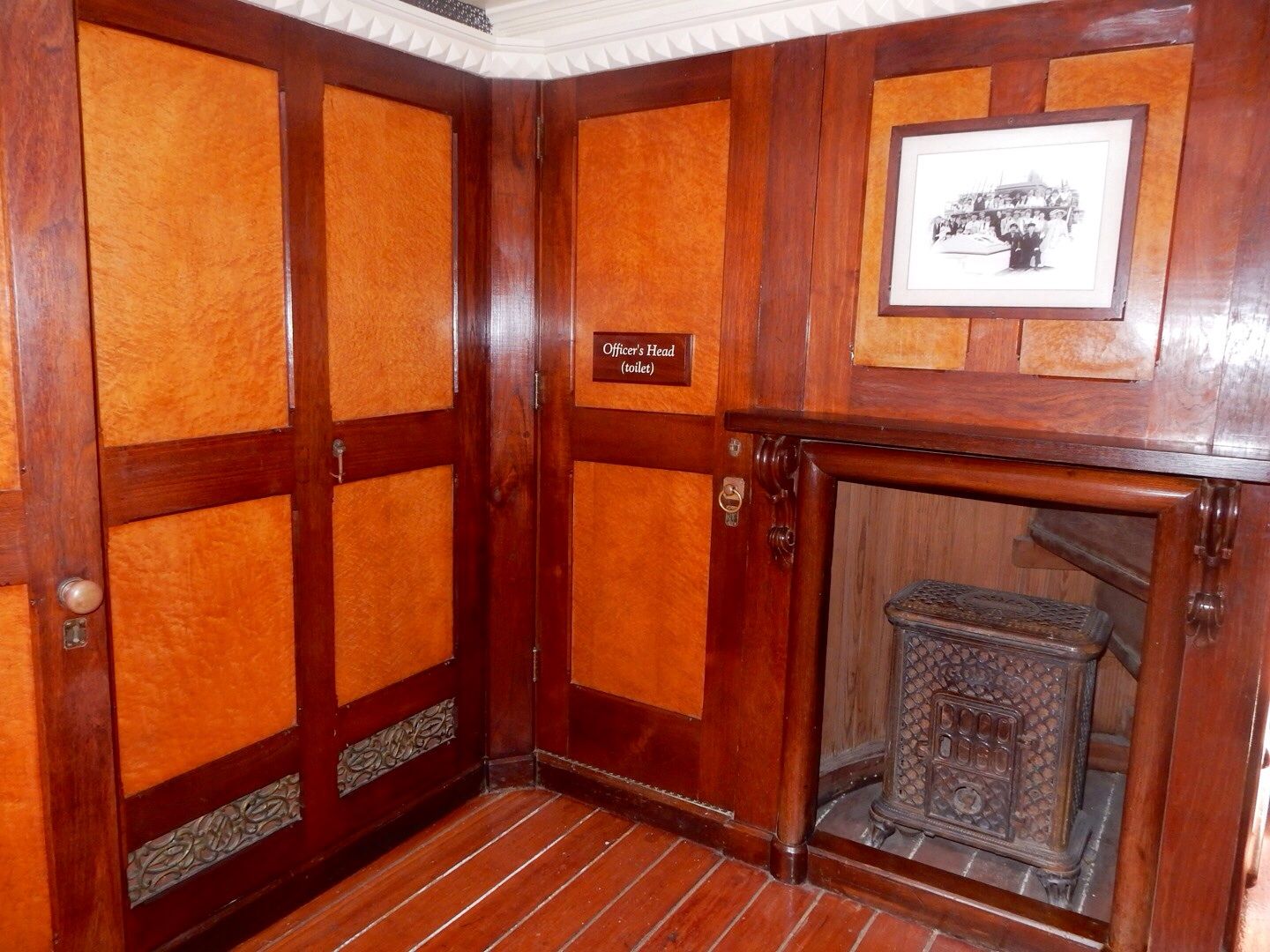
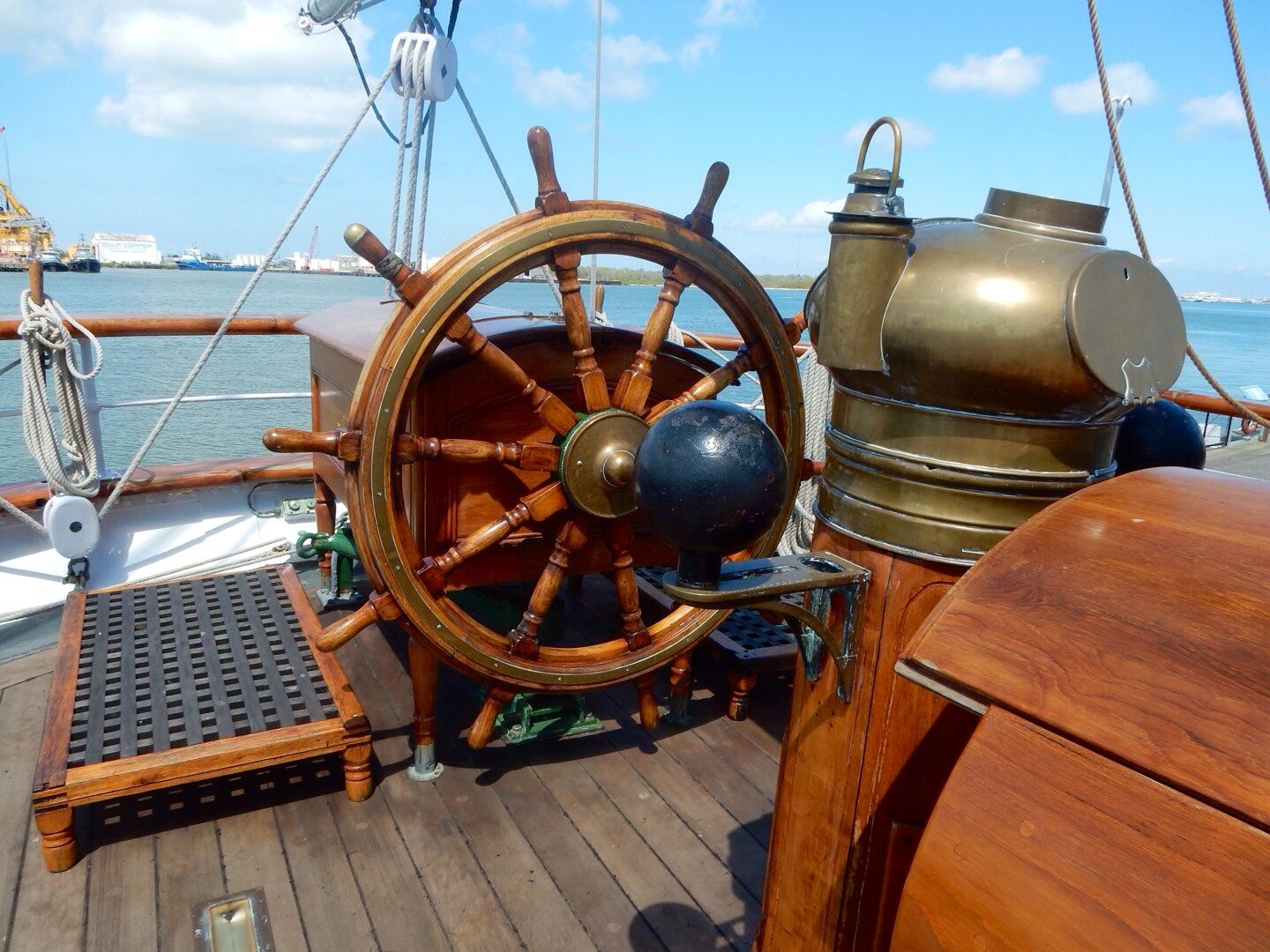
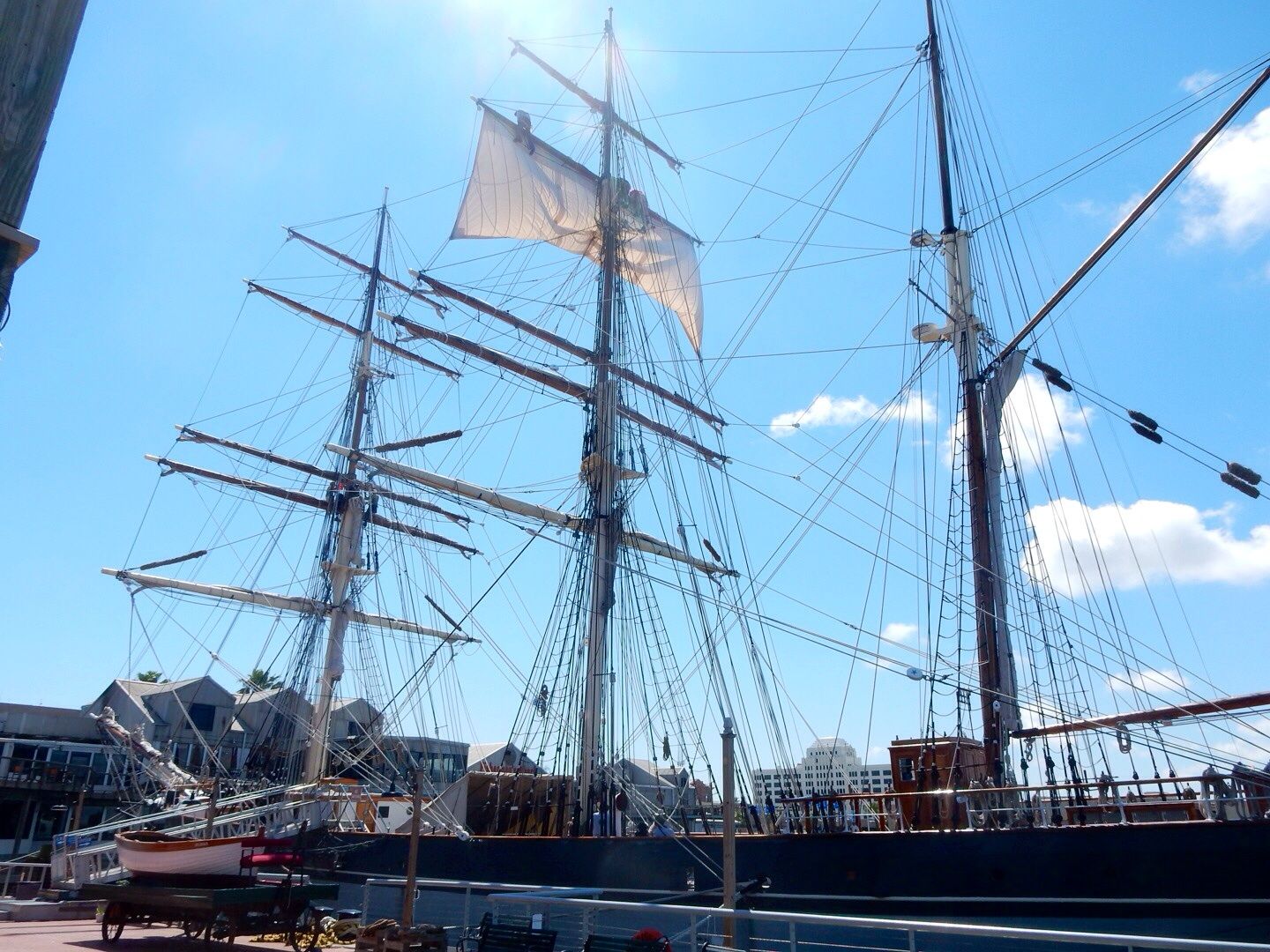
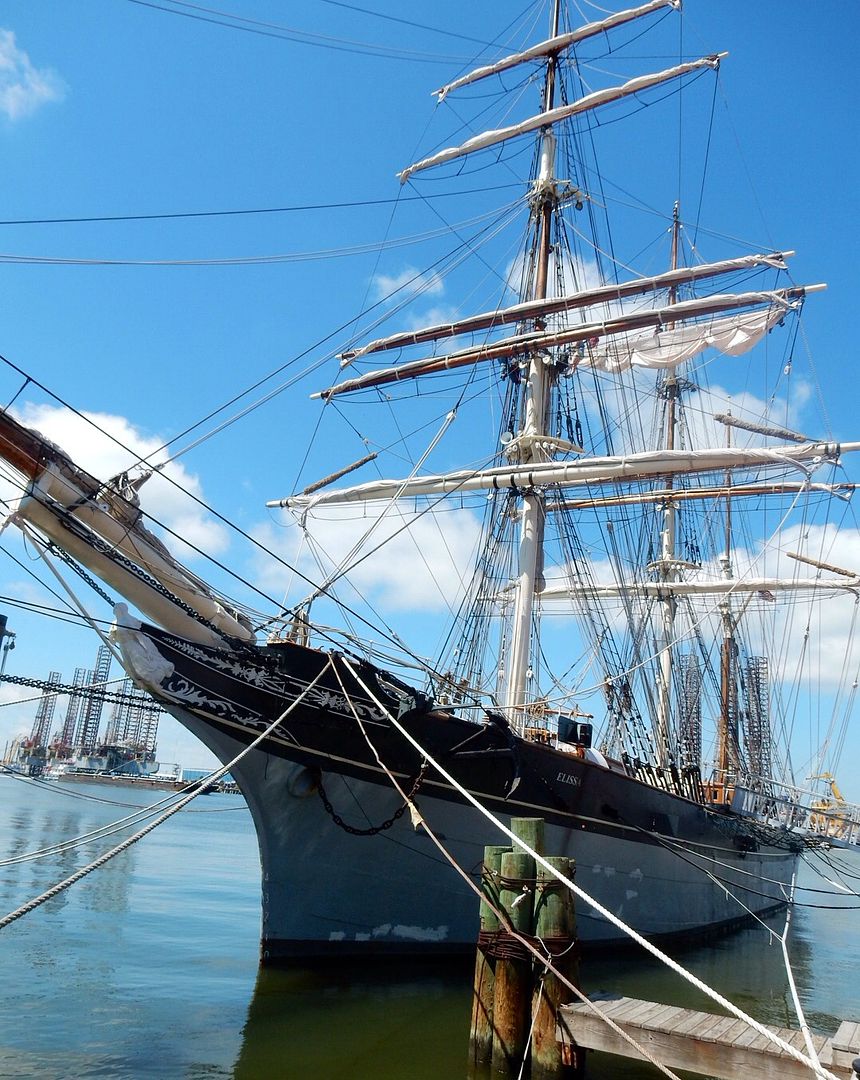
No comments:
Post a Comment